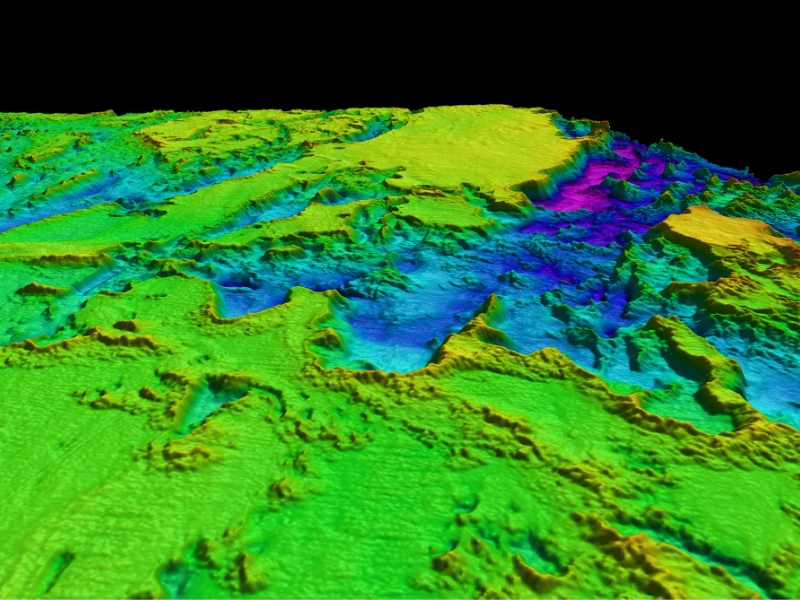7. The Multi-Beam Echo Sounder: 3D Mapping of Underwater Terrain

The Multi-Beam Echo Sounder (MBES) has transformed underwater reconnaissance by providing highly detailed, three-dimensional maps of underwater terrain. This sophisticated device uses an array of transducers to emit multiple sound beams in a fan-like pattern beneath a vessel. By timing the return of these sound waves as they bounce off the seafloor, the MBES can create a precise bathymetric map of the underwater landscape. What sets the MBES apart from traditional sonar systems is its ability to cover a wide swath of the seabed in a single pass, significantly increasing the speed and efficiency of underwater surveys. The resulting data can be used to generate high-resolution 3D models of the seabed, revealing seamounts, underwater canyons, and even small objects with remarkable detail. Modern MBES systems can operate at various depths, making them versatile tools for a wide range of applications, from shallow coastal waters to the abyssal plains of the deep ocean. In addition to mapping bathymetry, advanced MBES systems can also provide information about the composition of the seafloor by analyzing the strength of the returned acoustic signals. This capability is crucial for identifying different types of sediments, detecting potential resources, and assessing marine habitats. The success of MBES in underwater reconnaissance has made it an essential tool for oceanographic research, offshore energy development, maritime construction, and nautical charting. As technology continues to advance, MBES systems are becoming even more capable, with higher resolution, greater range, and enhanced data processing capabilities, further expanding our ability to explore and understand the underwater world.
Advertisement

